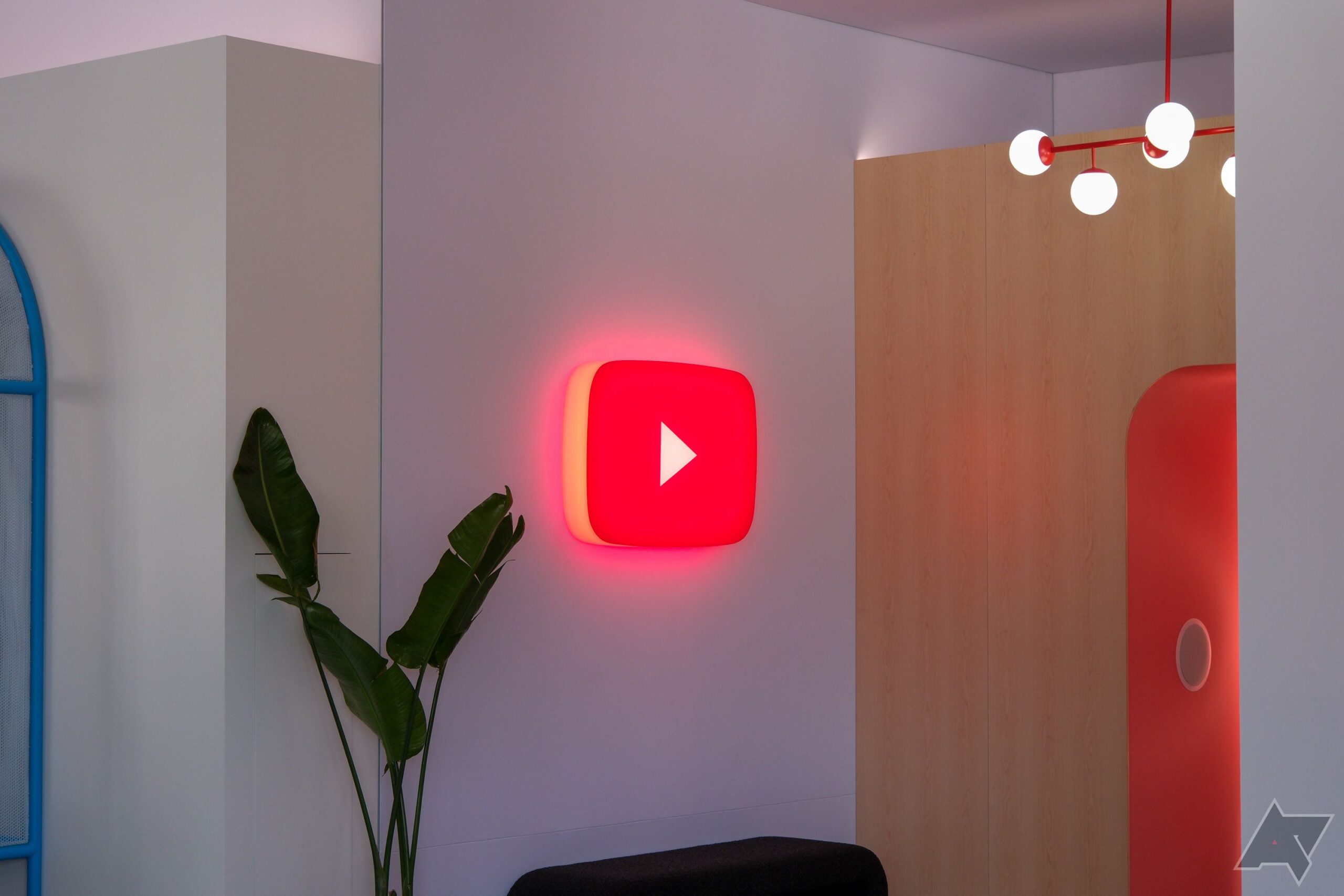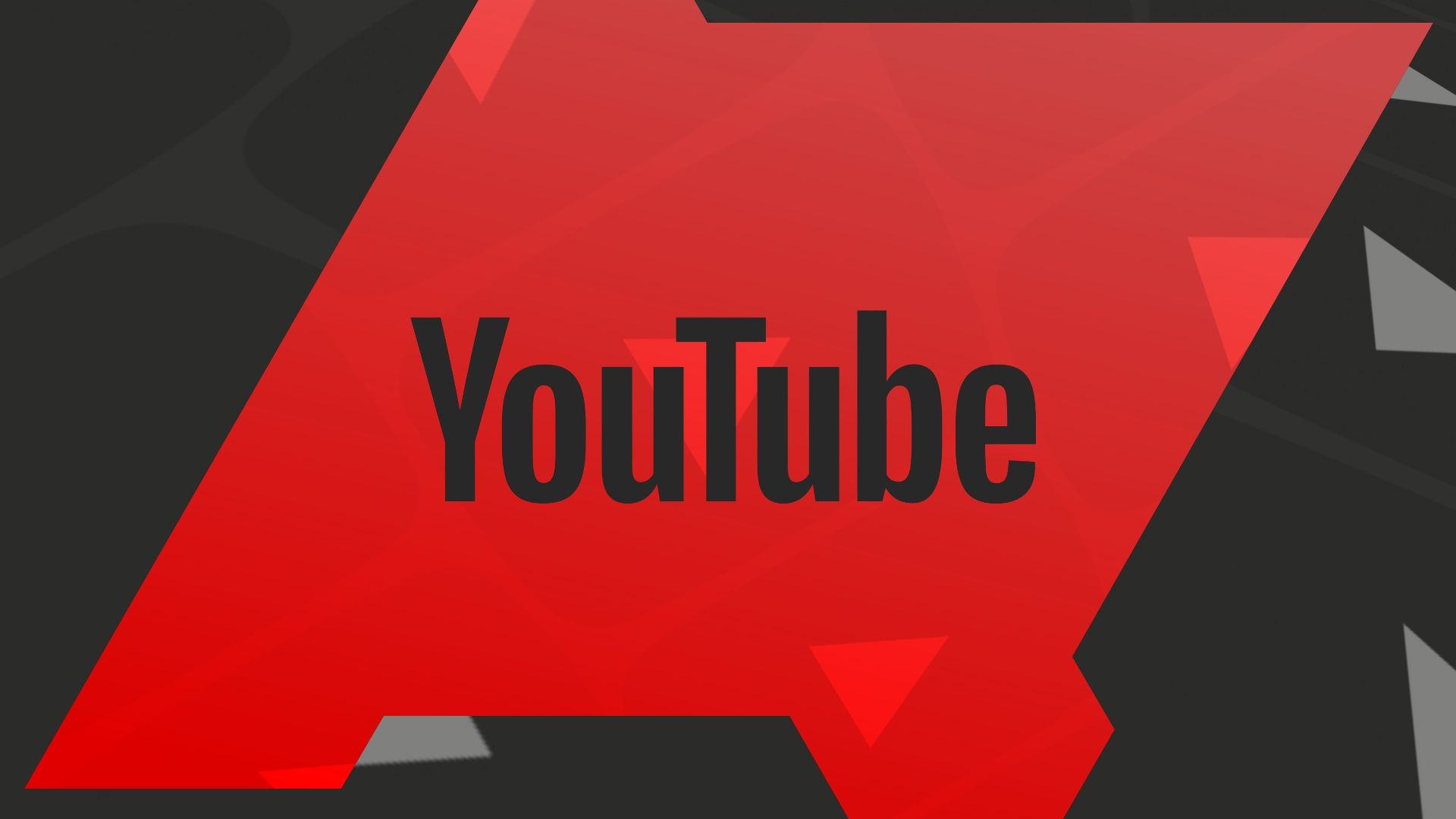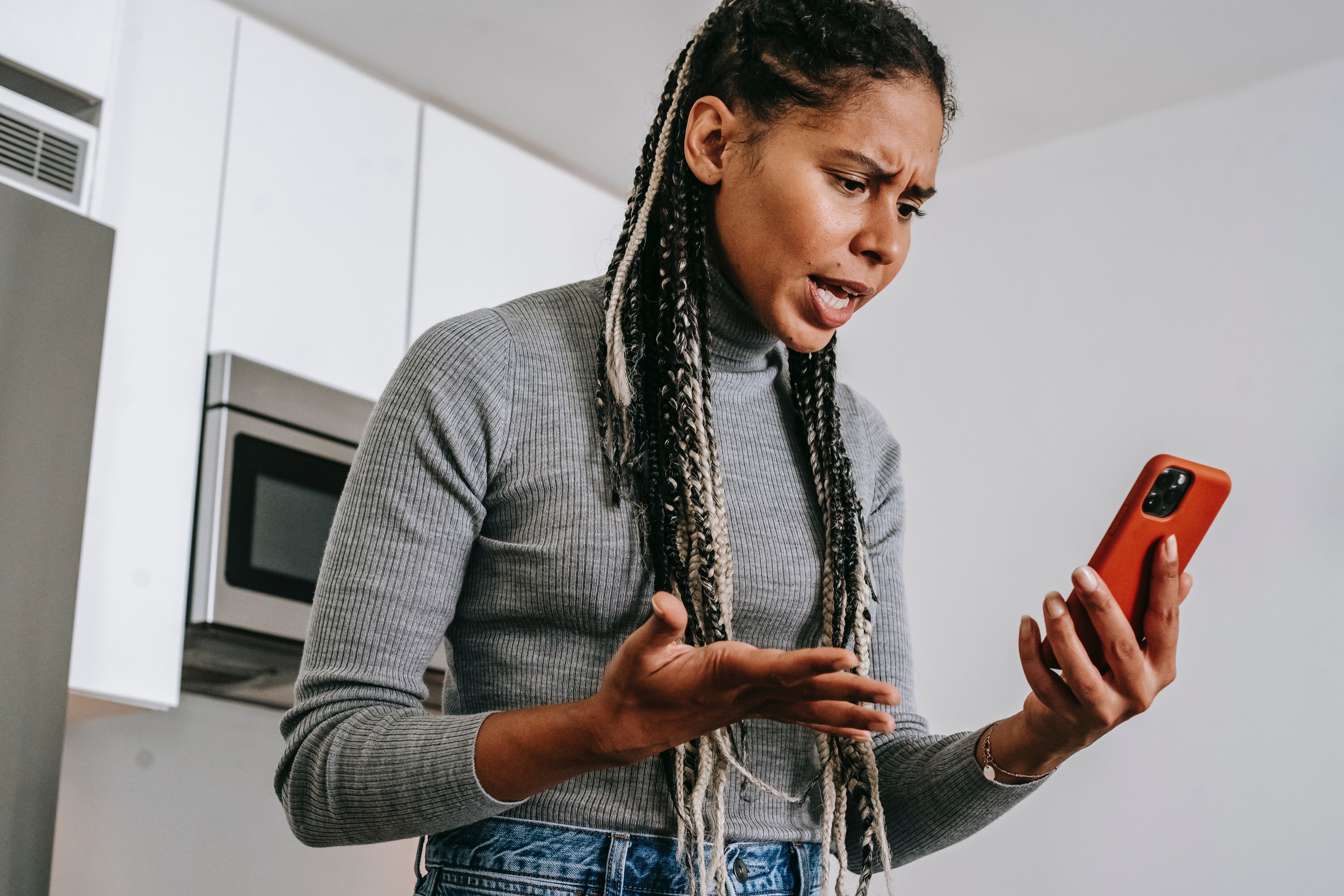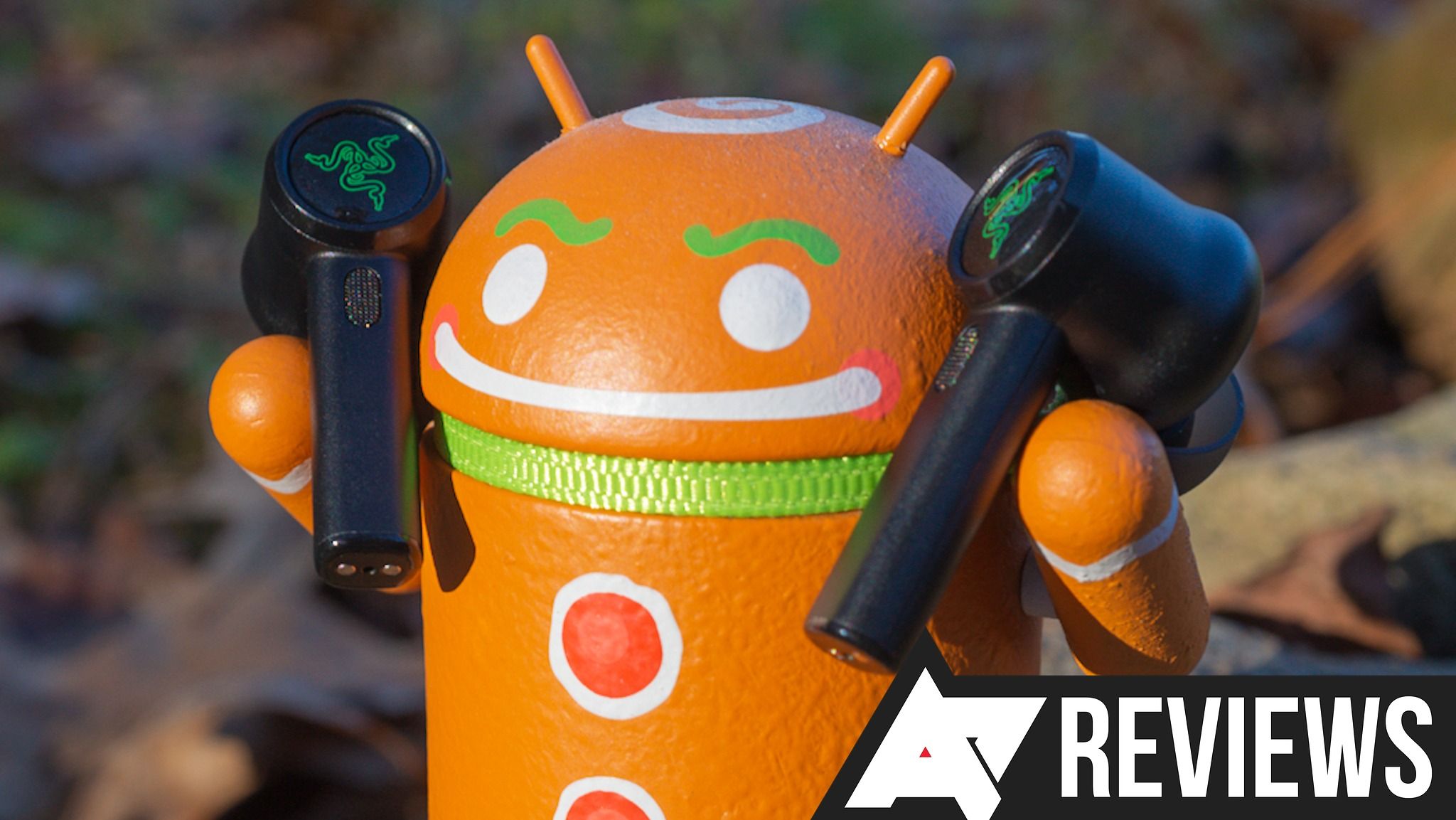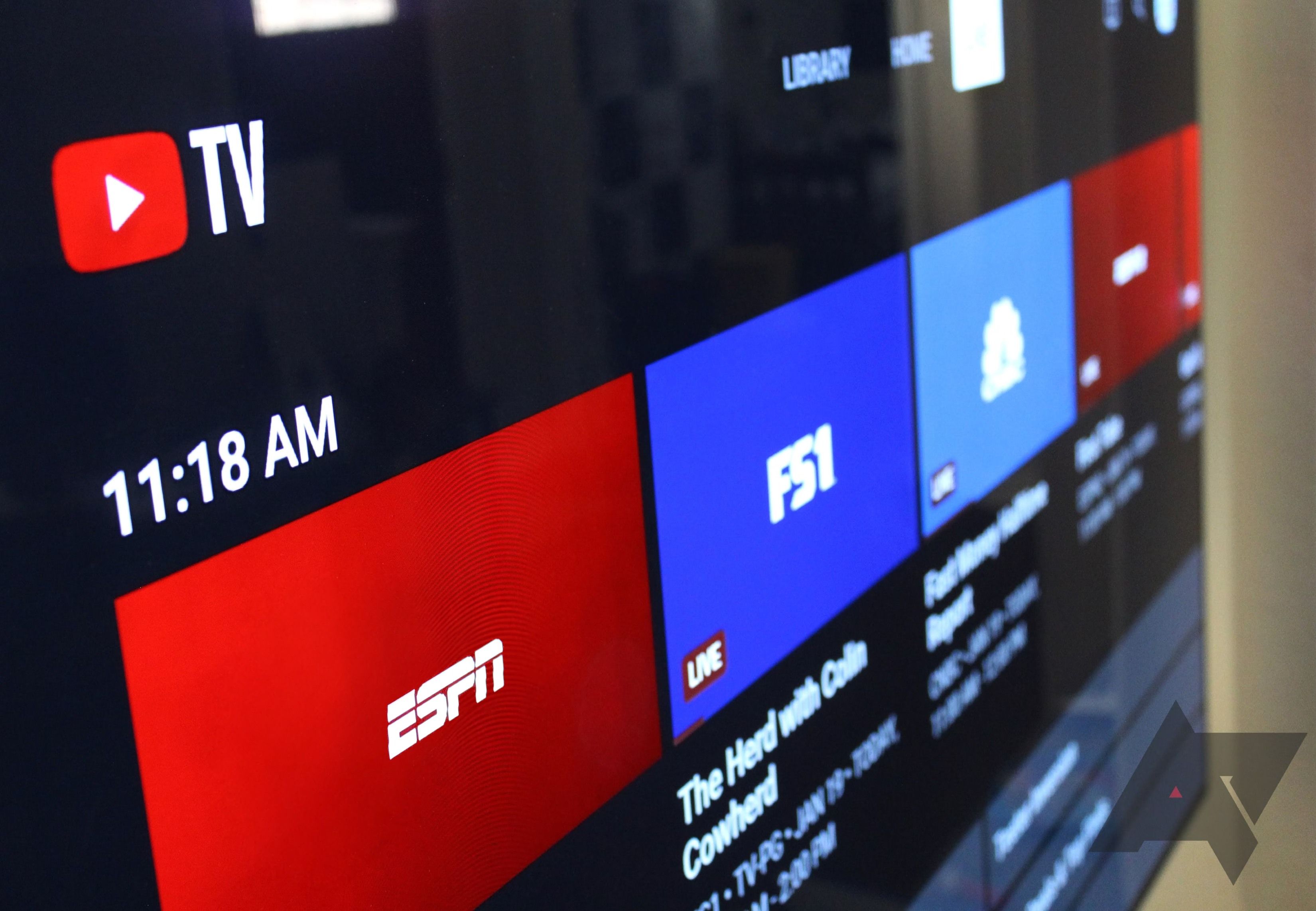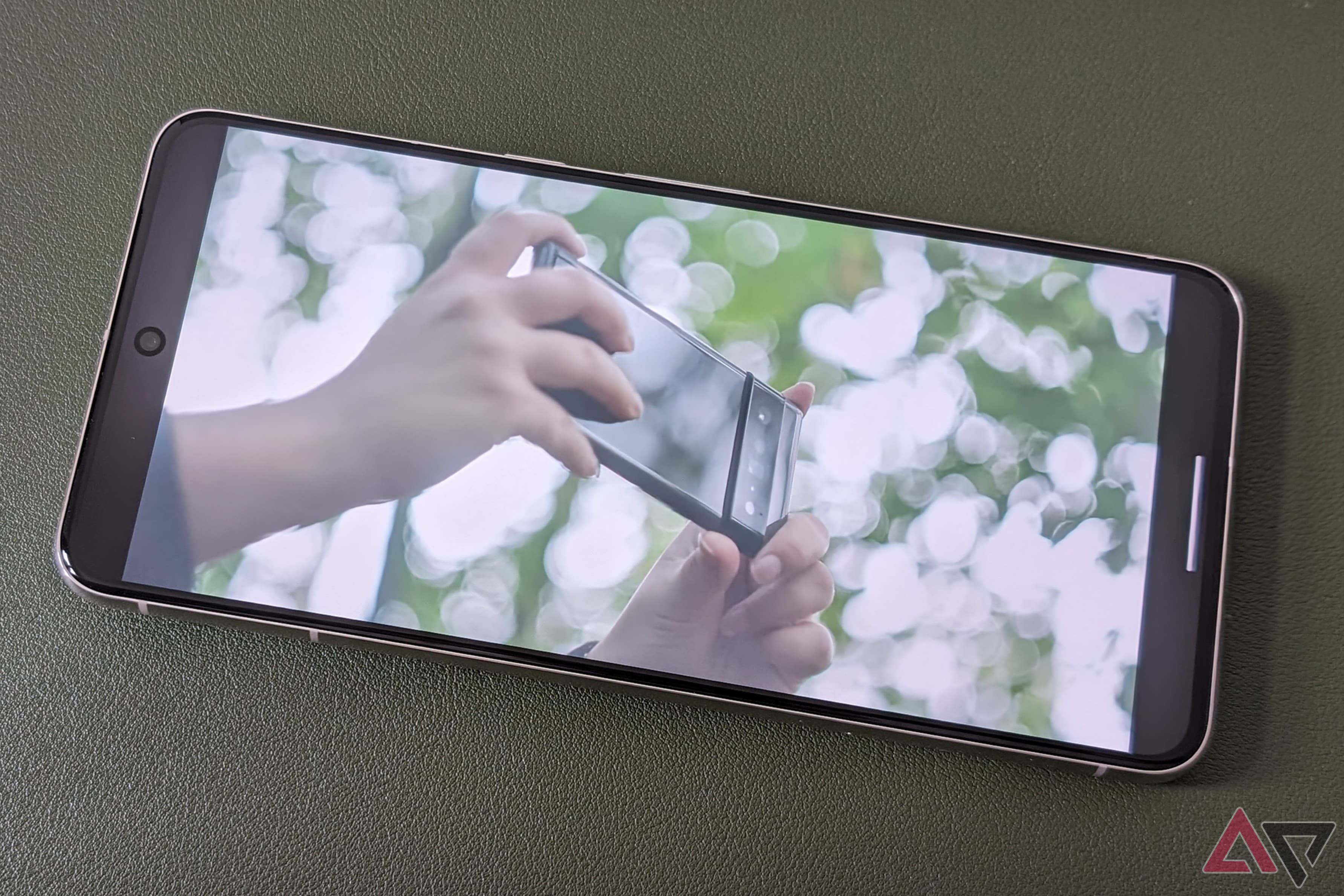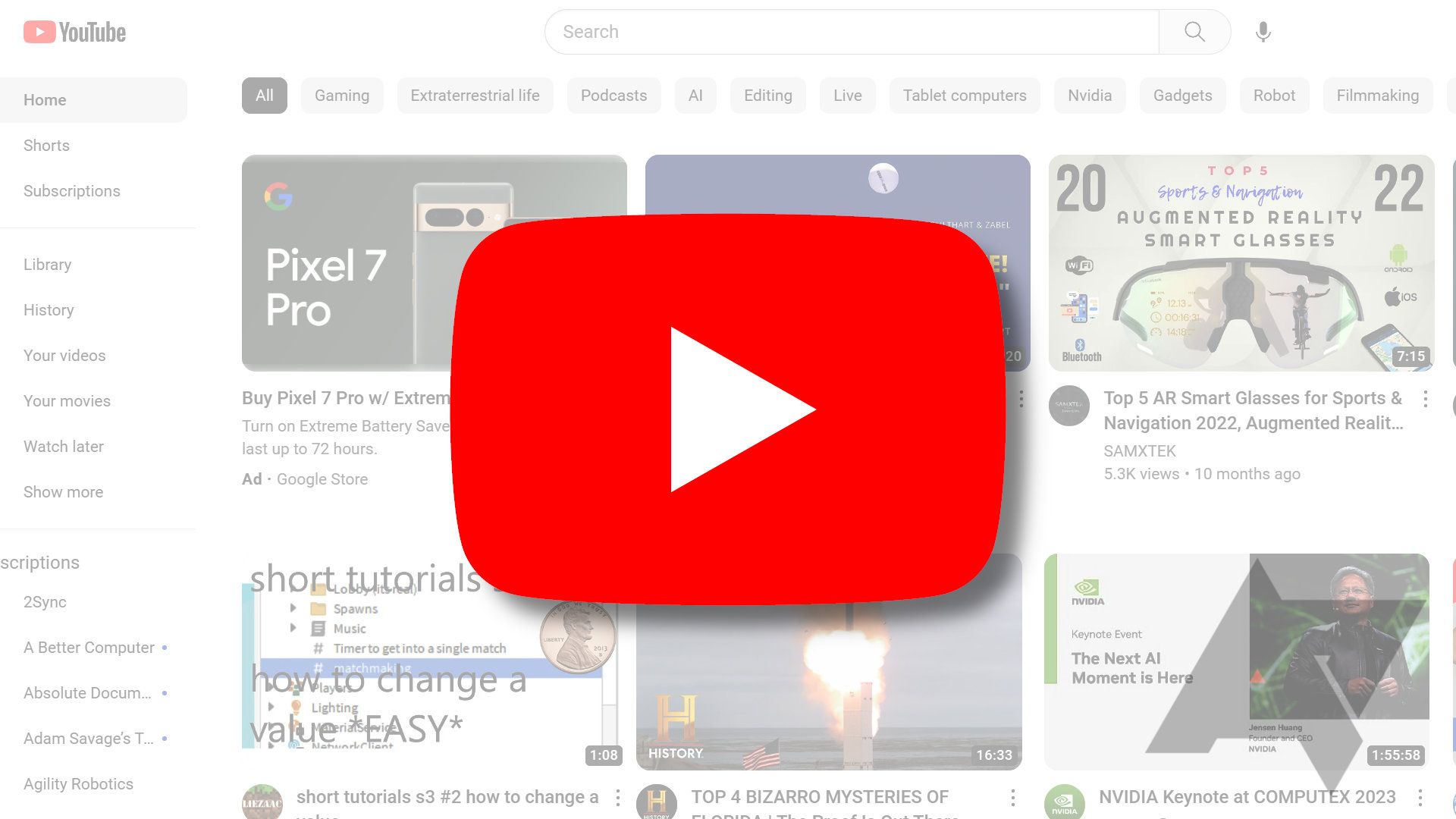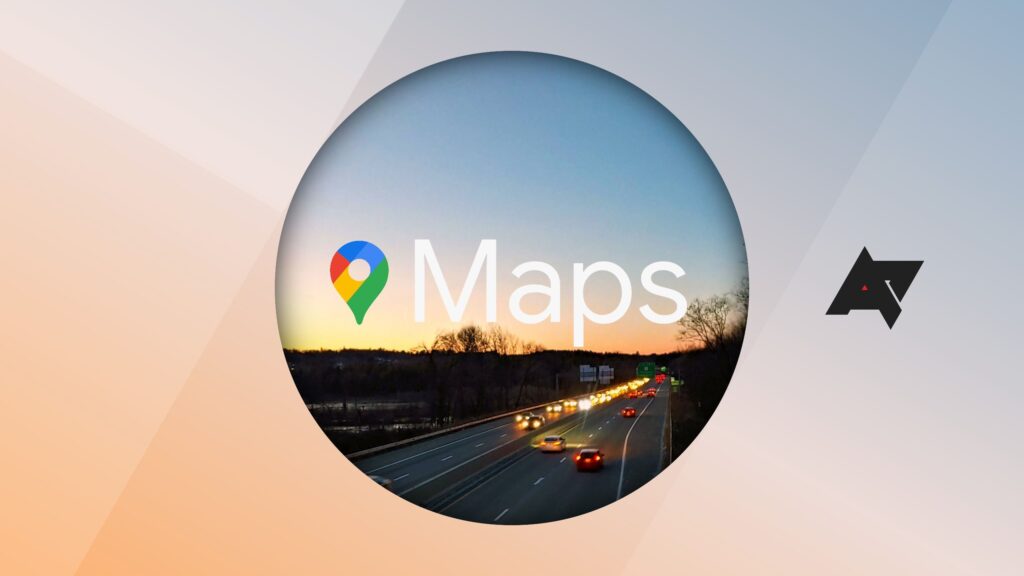Remember grainy videos of cats chasing laser pointers or kids twirling staffs Jedi-style? I ‘member. We’ve come a long way. From its birth in a garage back in 2005, when it was a quirky website for sharing home videos with friends, to the global dominance it enjoys today, YouTube’s journey has been filled with successes and failures. Let’s rewind and follow the growth of this modern-day behemoth and determine if it has ultimately risen to glory… or completely lost its way.
The age of cat videos
Cats and kids fighting things made the OG YouTube the wild west of online video
YouTube was the brainchild of three entrepreneurs who used to work for PayPal. They didn’t have the best of intentions when they started the company in February 2005. At first, they wanted a dating site with video profiles. But after the Justin Timberlake – Janet Jackson “wardrobe malfunction” at the SuperBowl XXXVIII halftime show, they realized it could be something different when the video went viral on their little platform.
They hammered out the code and soon had a workable video-sharing platform for the masses. In April, one of the cofounders filmed himself at the San Diego Zoo and uploaded it to the platform, making it the first real YouTube video. You can still see it. Meet me at the zoo has over 308 million views today.
User-generated content exploded on the platform over the next few months, and angel investors flocked to the site. YouTube raised more than $11 million in venture capital funding in only one year and added the PayPal CFO to its board of directors. Twenty thousand videos were being uploaded a day, and there were more than 2 million daily viewers. It was a wild success.
Almost all of YouTube’s content in those early days was produced by amateurs. Cats, vlogs, kids doing stupid things, and people crying about Britney Spears were the most popular. It was the internet’s version of America’s Funniest Home Videos, minus Bob Saget. It was raw and pure, and you didn’t need a studio and expensive equipment to go viral on the site.
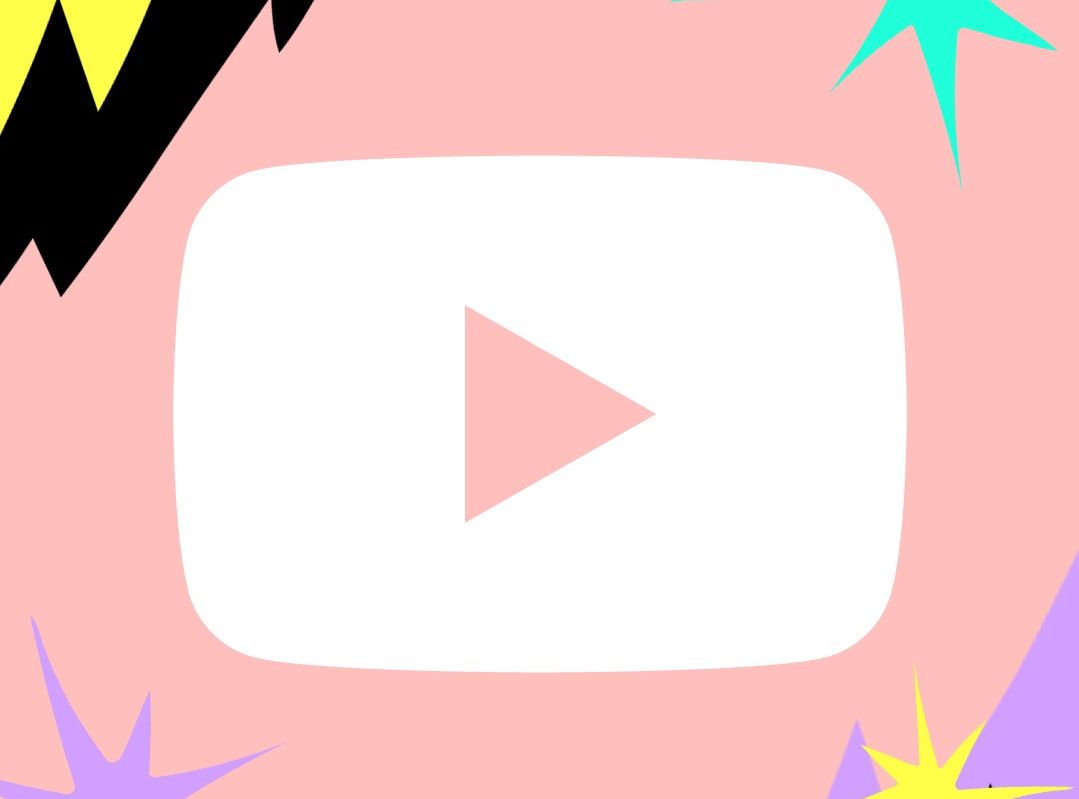
How to watch free YouTube movies on mobile and PC
You won’t need a subscription to view these films
Welcome to Hollywood
Google’s acquisition brought with it a lucrative partner program and a thumbs-up button.
It was so successful that Google bought the site for a whopping $1.65 billion in November 2006, barely 18 months after its founding. Talk about a windfall for the founders.
The site continued in its original form for a couple of years, but there were changes happening in the background. For starters, advertisers were flocking to the site, and paid ads became a thing. Google also began to surface YouTube videos in search results, which attracted the attention of more professional brands. NBC started posting glitzy, high-budget content on the site. Movie studios found it was great for trailers, and music labels posted artist videos.
The democratic charm of raw YouTube was being rapidly diluted by big-budget productions. The period from 2010 to 2012 saw high-end content take over from amateur video. Google added the thumbs up/thumbs down buttons and integrated YouTube with their new Google+ social network. The algorithmic effects caused by these changes pumped more professionally-made content to viewers, for better or worse. The era of quirky cat videos was over.
People were not happy about the Google+ integration. Google forced users to have a Google+ account in order to use YouTube, and the pushback was so intense that this was one of the rare times Google walked back its decision.
The rise of the influencers
From MKBHD to Toronto Batman, smart creators figured out the partner program and turned YouTube into a full-time job
Backtrack to 2005, and you’ll find the internet’s first influencers beginning to appear on YouTube. They didn’t call themselves that at the time, and most of their content revolved around helpful “how to” videos or travel vlogs. A woman named Brookers began uploading short comedy skits, and she went viral. Judson Laipply went viral with a series exploring the evolution of dance.
Things changed after the Google acquisition and the launch of the YouTube Partner Program. Now, creators could get paid for their content. More and more creators flocked to the site with their ideas for fame and wealth. Comedy sketches were all the rage in 2012, like my own personal favorite Toronto Batman. The techtubers were also rapidly gaining traction. Marques Brownley finally went viral in 2013 when he reviewed the LG G Flex, although he had been grinding on the platform since he was in high school. I dug up his first-ever video from way back in 2008.
Business Insider reported that some influencers were earning millions of dollars a year. Videos were becoming more professional, as well. Creators were setting up studios and shooting with high-end 4K cameras. Google was making money hand-over-fist and sharing their revenue with these creators, so the algorithm pushed more of this content to viewers. The influencers had arrived.
Monsters under the bed
A lack of content moderation and DMCA lawsuits were just the beginning of YouTube’s problems
It was only a matter of time before things started going wrong for YouTube. Copyright infringement, piracy, misinformation, and plain old hate were plaguing the platform. There was hardly any content moderation in the first half of YouTube’s life. Viacom sued YouTube for copyright infringement over videos like Lazy Sunday, which users had uploaded to the site but were owned by Viacom. The courts demanded YouTube hand over 12 terabytes of user data to Viacom, a massive privacy violation that was ultimately overturned in appeal.
But the floodgates were opened, and DMCA-related lawsuits against YouTube piled up. Courts in Europe ruled YouTube was liable for content uploaded by its users, and Google was forced to implement a content ID system for all uploads to the platform. This would help protect advertisers from unknowingly supporting illegal content.
YouTube approached content moderation with a hammer in the mid-2010s. Content could be removed for obscure reasons. There were legitimate fears between 2015 and 2016 of intentional misinformation across all social media platforms, and nobody really knew how to deal with it. Google erred on the side of caution.
It wouldn’t be until 2018 that YouTube’s content moderation became more refined and sophisticated, thanks in part to improved AI technology. Google also signed deals with Universal Music Group and Sony Music that would allow legitimate YouTube partners to use their music while cracking down harder on pirating.
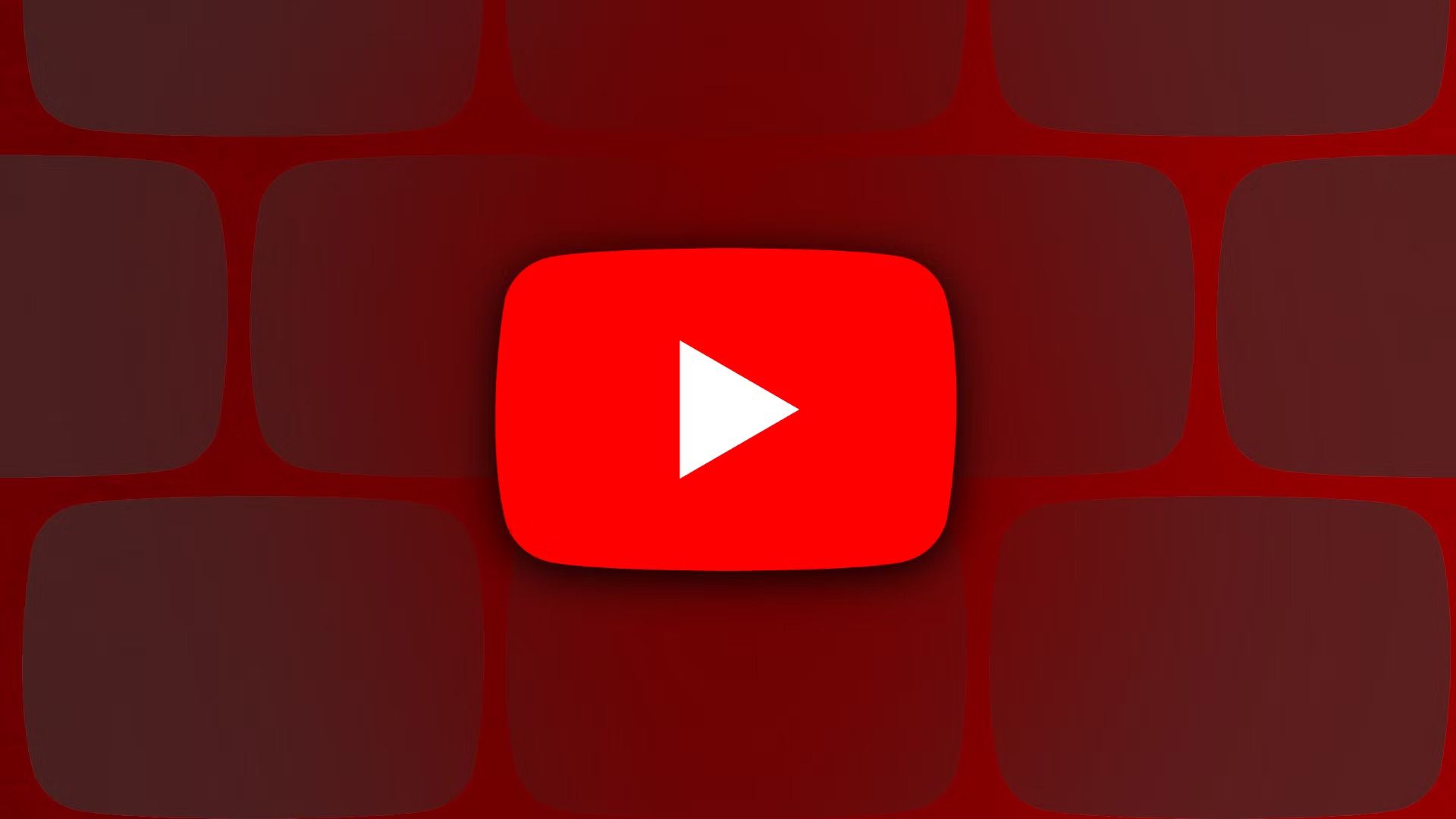
How to start live streaming on YouTube
Engage your community on Youtube Live with a few easy steps
The Adpocalypses
When you peeve off the creators, the advertisers leave
The first “adpocalypse” hit YouTube in 2017, thanks to changes in policy that promised to focus more on “family friendly” content. Big YouTubers like PewDiePie and Phillip DeFranco found themselves demonetized because ads were now only being surfaced on less controversial videos. Kendell Jenner also came under fire because she handed a Pepsi to a police officer in a weird Pepsi commercial. This impacted advertisers, who began to scale back their spending on YouTube.
Then YouTube announced changes to its lucrative partner program and restricted eligibility to those channels with 1,000 subscribers and 4,000 watch hours per year. This move demonetized millions of smaller creators. Thousands left the platform, and advertisers took notice. Walmart and Verizon pulled out of YouTube advertising altogether.
Another adpocalypse hit YouTube in 2019 over made-up fears of pedophilia rings, and content trolls like Stephen Crowder. YouTube took down more than a thousand channels, many arbitrarily, and creators revolted. Advertisers once again suspended their campaigns on the platform until the dust settled.
YouTube finally released an anti-bullying and anti-harassment policy in late 2019, which gave creators concrete guidelines to work within and calmed advertiser fears. I guess it was better late than never.
Is YouTube still YouTube?
YouTube grew up and wears a corporate suit and tie now.
Google launched YouTube Premium in 2015 alongside YouTube Music (which I’ve talked about in a previous article). Today’s YouTube would barely recognize its younger, more scrappy self. It has grown up and wears a suit and tie now. It is a hub for music and podcasts, professionally produced videos, movies, documentaries, and news.
But underneath the shiny veneer, there is still the original YouTube. Sometimes, you can catch glimpses of it, especially on YouTube Shorts (Google’s TikTok clone). Shorts is filled with the same kind of raw homemade content creators posting quirky sketches that launched YouTube. Overall, the platform has come a long way in the past 19 years, but it has certainly hit a few potholes along the way.
Now YouTube is fighting a losing war against ad blockers. This is a fight that benefits nobody and is ruining YouTube’s credibility. It has all the hallmarks of a future adpocalypse. Only time will tell if YouTube will back off or if there will be another creator revolt.
So, is YouTube still YouTube? I would say yes, albeit a more mature and sophisticated version of itself. I can’t wait to see what the platform looks like in another 19 years!
